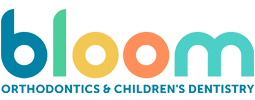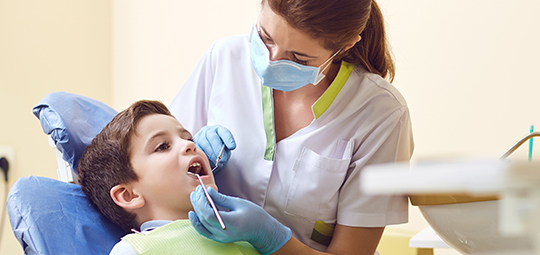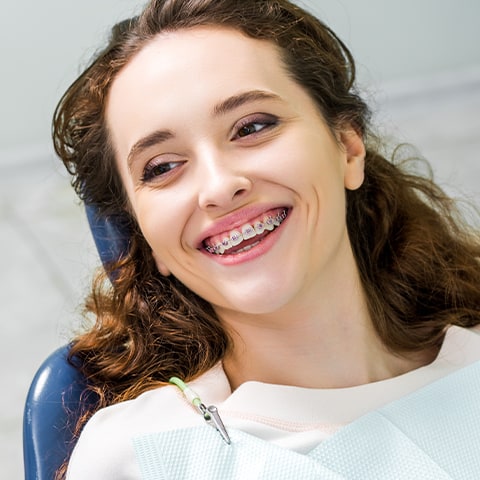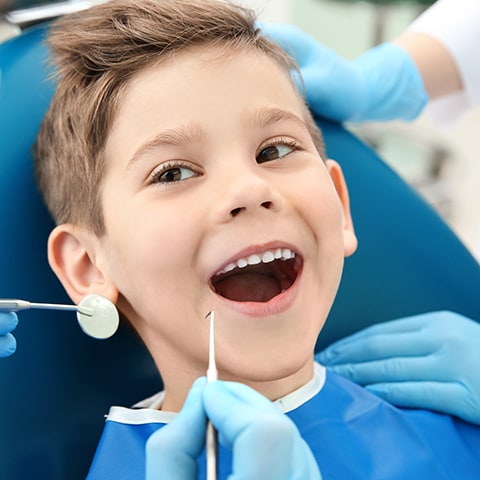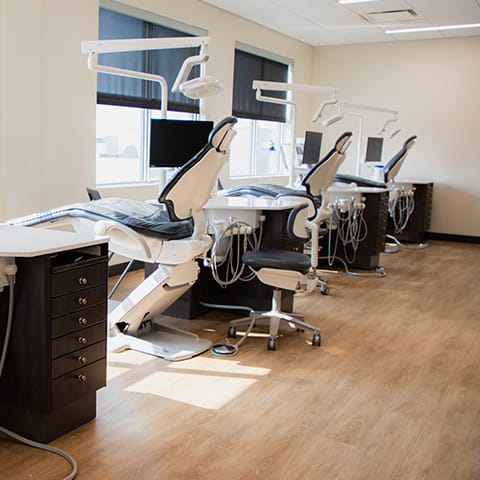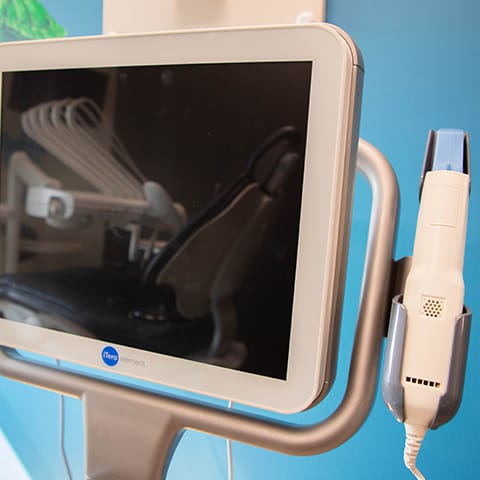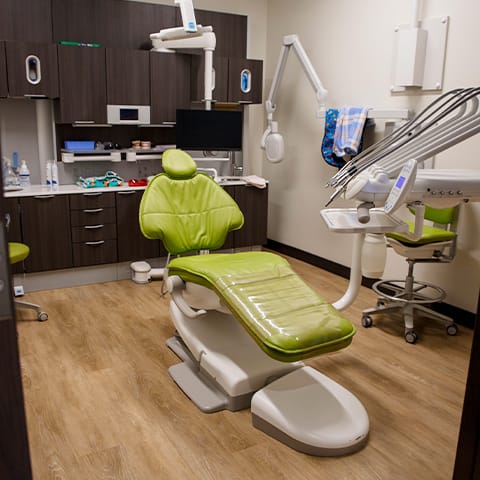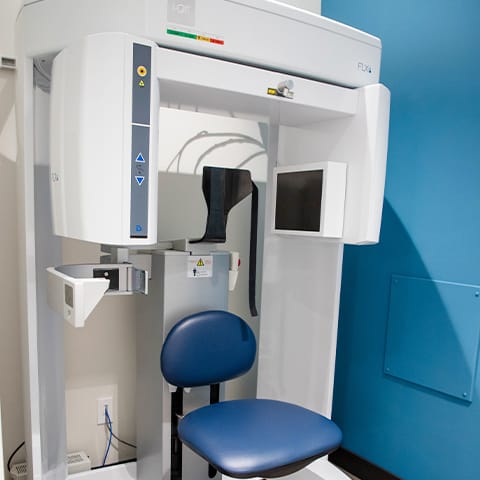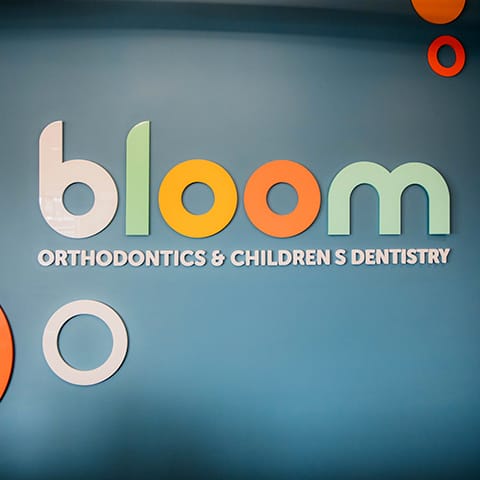Compassionate Dental Care
We know hearing the words “dental surgery” may bring up feelings of stress or anxiety. This is why our team is dedicated to making you feel comfortable in our care. We’ll take the time to go through your questions, helping you understand our process and how it’s essential to your oral health.
For a comprehensive assessment of your smile, schedule a dental exam and cleaning today.
Book AppointmentAre You in Need of Dental Surgery?
If you have a tooth that’s been causing pain, your jaw has been causing your discomfort, or maybe you’ve lost a tooth recently, you could be a candidate for dental surgery.
Dental surgery is any type of procedure that treats oral diseases, issues, or injuries, including that of the teeth, mouth, and jaws. Talk to your dentist if you’ve been experiencing pain or discomfort, and they can recommend the best course of action for you.
Types of dental surgery include:
- Root canals
- Dental implants
- Tooth extractions
- Impacted teeth
- Improving the fit of dentures
- Gum grafts
Caring for Your Smile
A happy and healthy smile starts with a good oral hygiene routine and regularly scheduled visits to the dentist. To take care of your teeth and the beauty of your smile, book your next appointment today.
Book AppointmentCome Visit Us
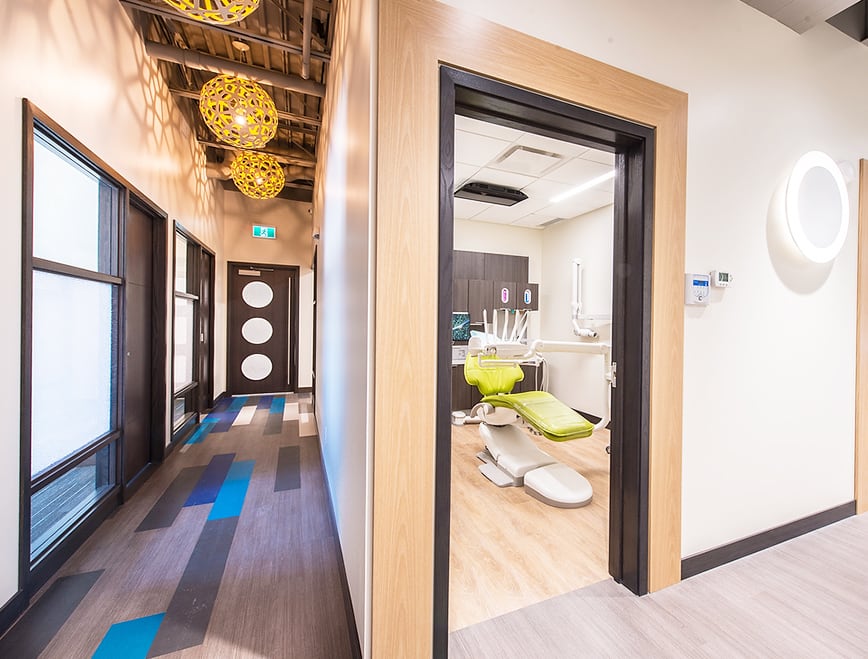
You can find us just off 50 Street, with plenty of parking available in front of the clinic. Look for our beautiful Bloom sign!
Our Address
- 6209 50 St., #201
- Leduc, AB T9E 7A9
Contact Us
- Phone: 780-612-9762
- Email: info.ortho@bloomdentistry.ca
Clinic Hours
- Monday: 8:00 AM – 4:00 PM
- Tuesday: 8:00 AM – 4:00 PM
- Wednesday: 8:00 AM – 4:00 PM
- Thursday: 8:00 AM – 4:00 PM
- Friday: 8:00 AM – 4:00 PM
- Saturday: By Appointment
- Sunday: Closed

